Madeira - The Pearl of the Atlantic
- Return flights
- 7 nights in a superbly located hotel
- 11 included meals: 7 breakfasts, 1 lunch, 3 dinners
Mon-Thu:9am-6pm Fri :Closed Sat:9am-5pm Sun&BH: Closed
Mon-Thu:9am-6pm Fri :Closed Sat:9am-5pm Sun&BH: Closed
How much do you know about the Galapagos? Delve in and explore these captivating islands with these nine interesting facts to get you started before you book that solo adventure of a lifetime…
These string of islands are one of the most volcanically active areas in the entire world. They were formed over thousands of years as a result of magma repeatedly breaking through the sea floor and creating layers of rock which would eventually become the islands we see today. There’s still volcanic activity here, with the most recent eruption occurring in August 2018 on Isla Isabela.
97% of the islands are designated as a national park, while the waters around them are classed as a UNESCO Biosphere Reserve. The remaining 3% are inhabited areas, and long may it stay like that we say! Of course the variety of studies and protection of these natural phenomena helps us better understand the world in which we live, but also supports the preservation of these rich landscapes for the future too.
Visits here are scheduled and have to be approved by the park to control visitor numbers so you don’t have to worry about any crowds. Also, while wildlife has very little fear of people, park rules enforce a minimum safe distance of two metres, so it’s good to know that nature and wildlife are given the highest priority.
Indeed the islands are constantly changing and so it’s hard to pinpoint exactly how many there are – by most accounts it’s 19 islands with numerous islets, but continuous volcanic activity with new rock formations emerging or sinking make it difficult to keep count. Just think when you visit, there could be a new island forming right there in your vicinity – what an incredible notion.
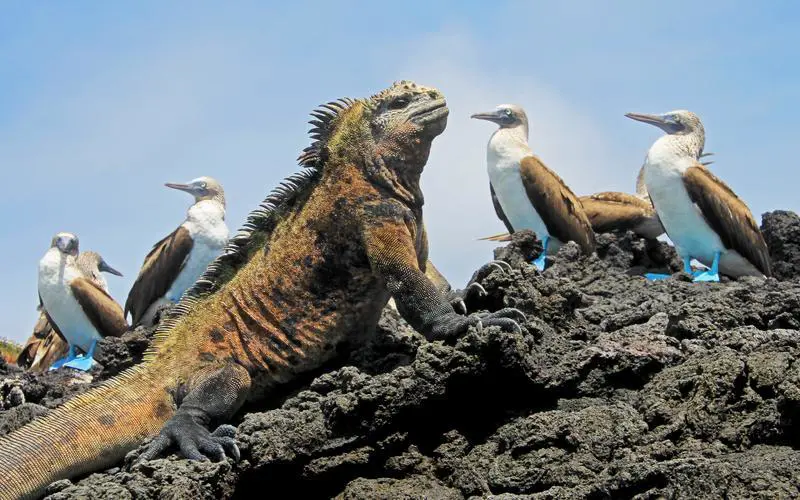
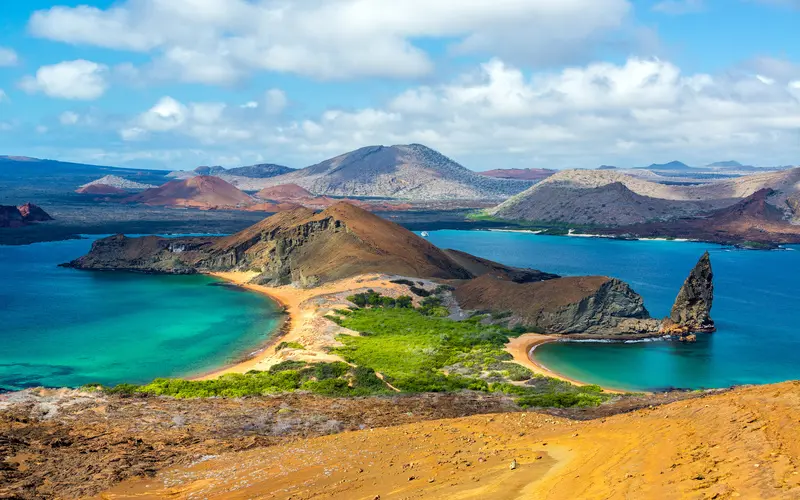
The earliest discovery of the islands in the 1800s by Spanish noblemen, sailors and buccaneers were rather unimpressed by the stark Galapagos which they deemed dross, worthless and inhospitable. It wasn’t until the 1960s that people began to settle on some of the islands.
So as well as being grateful for their discovery of the islands, we should also be thankful that much of the Galapagos has been well preserved and not overpopulated and polluted as it might have been had these explorers waxed lyrical about this natural wonder.
Close your eyes and just picture the clearest night skies. In the Galapagos the starlit skies are one of the most dazzling as they’re free from light pollution. And as you’re right on the Equator, you have the best of both worlds with constellations laid out before you from both hemispheres.
During your time on the islands, a visit to the Charles Darwin Museum is essential to get the full picture of Darwin’s research on evolution. It’s hard to believe that he spent a mere five weeks here in 1835, observing the islands’ finches and how they varied from area to area based on food sources and environmental conditions.
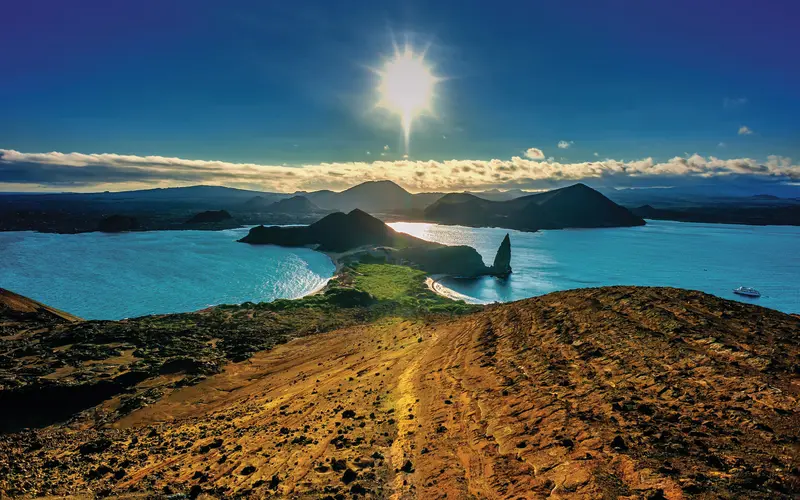
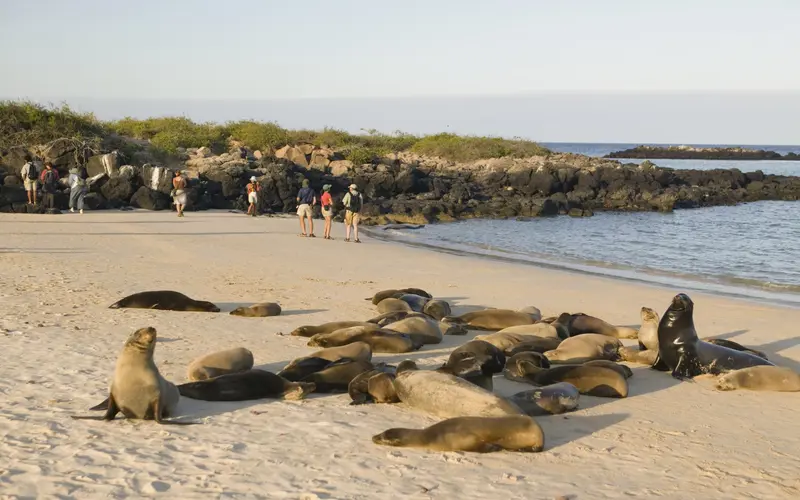
The Blue-Footed Boobie is the islands most iconic bird, but did you know there are actually three species of boobies that live in the Galapagos? There’s also the smaller Red-Footed Boobie and the Nazca – the largest of the trio with striking white plumage and black-tipped feathers. It’s thought the colour differentiation is attributed to their differing diets.
While penguins are traditionally associated with chillier climes, on Isla Fernandina and Isla Isabela you’ll find them waddling around, with their claim to fame as the only species of penguin found north of the Equator. They thrive here due to the cool waters of the Humboldt Current which are packed with nutrients and flow north from Antarctica – almost like receiving a letter from home.
With a life expectancy of over a century, the Galapagos Giant Tortoise earns its place as the true icon of the islands. Observing them in the wild is a spectacular encounter and if only they could talk, they’d have plenty of stories to share that’s for sure!
If you’re debating the best time to travel, the Galapagos have a year-round temperate climate. The hot season runs from December to May, and dry season from June to November. It also doesn’t operate daylight savings so you enjoy 12 hours of daylight throughout the year.
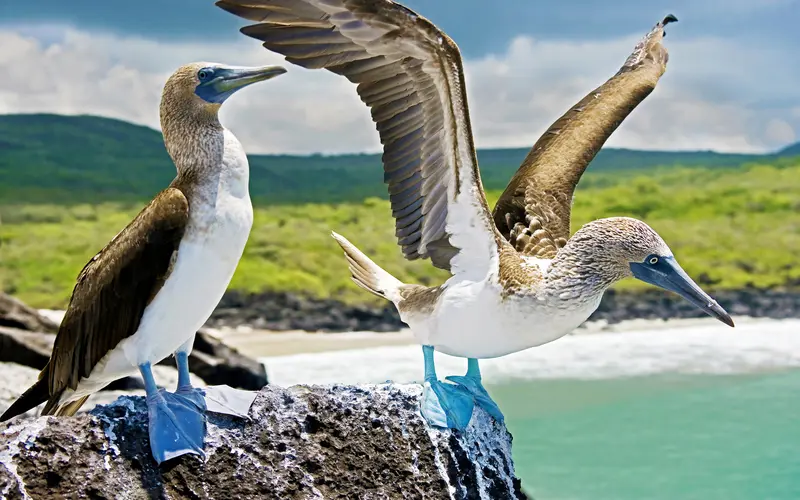
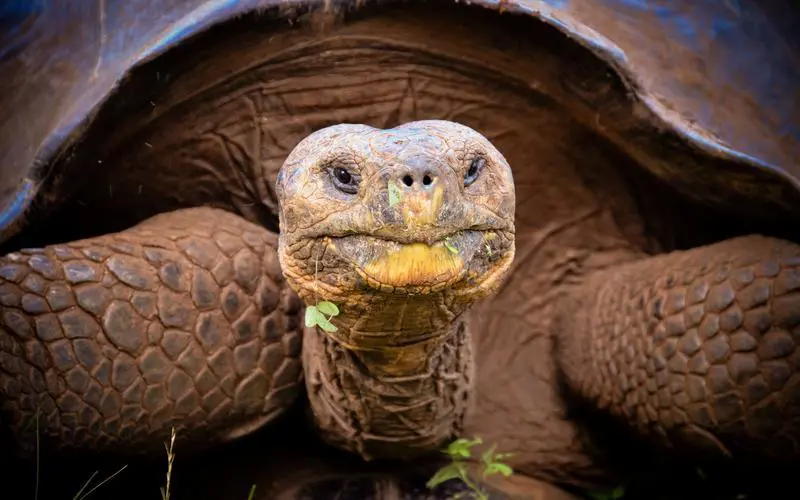
This holiday of a lifetime is a must for lovers of nature. Explore Ecuador's incredible cloud forest, before discovering remarkable landscapes and unique wildlife when you stay on three of the UNESCO-listed Galapagos Islands.